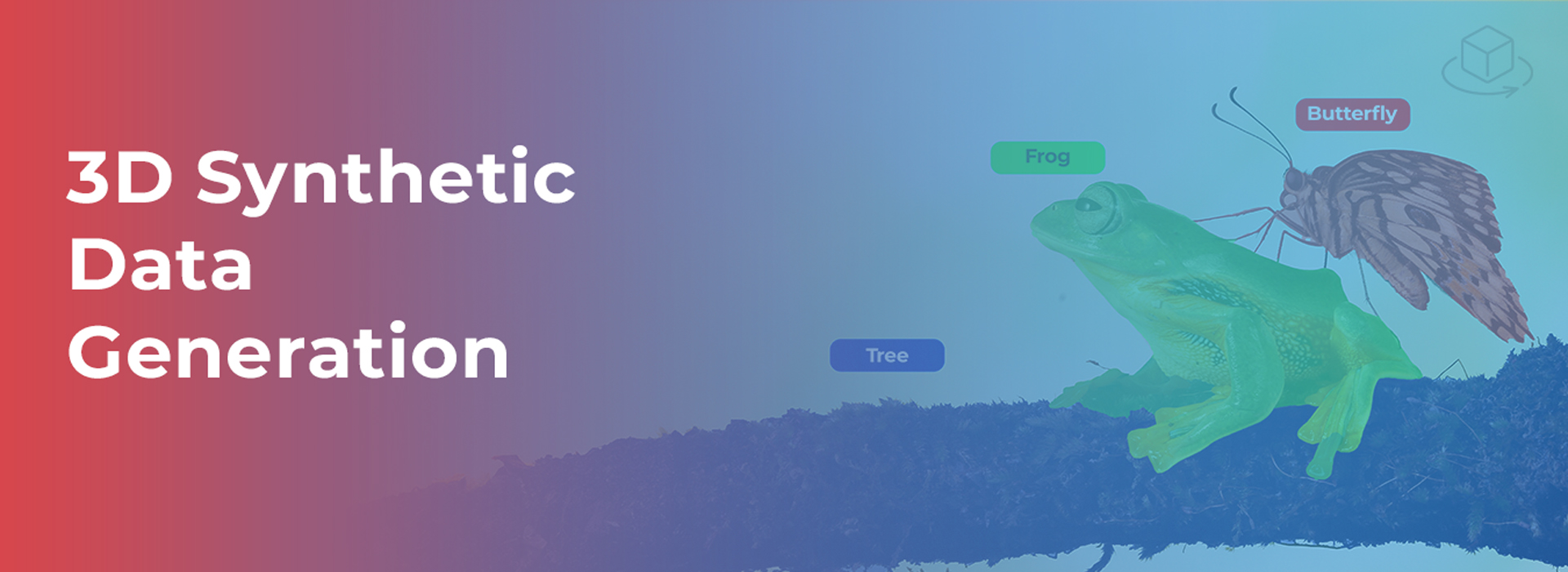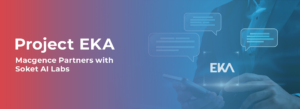How 3D Synthetic Data Generation is Transforming Data Science
3D synthetic data generation is revolutionizing the way data scientists, machine learning engineers, and researchers approach data challenges. If you’ve ever struggled with limited datasets or privacy concerns when training your machine learning models, synthetic data may well be the solution you’ve been searching for. This blog will explore what 3D synthetic data generation is, how it works, its advantages, challenges, and best practices, as well as its broad applications across industries.
What Is 3D Synthetic Data Generation?
3D synthetic data refers to artificially created datasets that are designed to resemble real-world 3D data. Unlike collected data, synthetic data is generated using algorithms, 3D modeling tools, and simulations. It is increasingly being used to fill gaps where real-world data is unavailable, expensive to collect, or fraught with privacy issues.
From training autonomous vehicles to improving AI-driven medical diagnostics, 3D synthetic data generation is providing the high-quality, scalable datasets needed to drive innovation.
Why is 3D Synthetic Data Important?
- It helps bypass the constraints of limited real-world datasets.
- It mitigates privacy leakage and removes the risk of using personally identifiable information (PII).
- It allows researchers to create highly controlled datasets optimized for specific tasks.
The Basics of 3D Synthetic Data
How Is Synthetic Data Generated in 3D?
The process of creating 3D synthetic data involves leveraging computer programs to simulate environments, people, objects, or actions in a virtual space. Here’s how it’s typically done:
- 3D Modeling
Tools such as Blender, Unity, or Unreal Engine are used to create objects, environments, and scenes in a 3D space.
- Simulation
By defining behaviors like object movements, environmental changes, or light variations, simulations make the data dynamic and realistic.
- Annotation
Each generated dataset is labeled with contextual information (e.g., object identities, distances, positions) to make it useful for AI and machine learning tasks.
Key Components and Tools
- 3D Modeling Software: Blender, Autodesk Maya, Unreal Engine.
- AI Algorithms: Used to randomize data or ensure realistic variations.
- Annotation Pipelines: Tools like Scale AI or Supervisely help integrate annotations for training models efficiently.
Advantages of Using 3D Synthetic Data
1. Overcoming Data Scarcity
Collecting real-world 3D data can be time-consuming and expensive. Synthetic data eliminates this bottleneck by providing endless variations of datasets at scale.
2. Privacy Protection
Synthetic datasets don’t rely on real-world PII, making them inherently privacy-safe—a major advantage in sensitive industries like healthcare or finance.
3. Improving Model Performance
Synthetic data can be tailored to specific requirements, such as edge cases or extreme scenarios. This enhances model generalization and robustness, which is especially useful in edge applications like autonomous drones.
Challenges and Considerations
Despite its benefits, 3D synthetic data generation comes with its own set of hurdles.
Accuracy and Realism
If synthetic data lacks realism or contains errors, it can negatively influence your AI or ML models. Ensure the generated data closely mirrors real-world conditions by using high-quality tools and realistic physics simulations.
Ethical and Legal Considerations
Even though synthetic data avoids direct use of real-world PII, questions around ethical sourcing of templates or designs for generating synthetic datasets can still arise. Always respect intellectual property rights and licensing agreements.
Applications and Use Cases
3D synthetic data is making waves across numerous sectors, including but not limited to:
- Autonomous Vehicles
Companies are using synthetic data to train self-driving cars by simulating urban environments with pedestrians, vehicles, and changing weather conditions.
- Healthcare
AI-powered systems leverage 3D synthetic data for augmented diagnostics, such as virtual human organ models for detecting diseases.
- Retail and E-commerce
Retailers simulate store layouts and customer behaviors to improve customer experience using synthetic 3D environments.
Best Practices for 3D Synthetic Data Generation
1. Focus on Realism
Use detailed 3D modeling tools to replicate realistic textures, environments, and object movements.
2. Customize to Your Needs
Tailor your datasets based on the specific use case. For example, if you’re working on a vision model to detect obstacles, prioritize features like shadow contrasts and motion tracking.
3. Incorporate Feedback Loops
Review the performance of models trained on synthetic datasets and iteratively improve their realism or complexity. Feedback integration is key to ensuring high-quality data generation.
Why 3D Synthetic Data is the Future of AI
3D synthetic data generation holds immense potential to break barriers in innovation across industries. By offering scalable, ethical, and customized datasets, it empowers businesses and researchers to surpass current limitations in data collection and model training. At Macgence, we believe in using cutting-edge technology to make synthetic data accessible to everyone. Are you ready to elevate your machine learning and AI projects? Explore our range of data generation tools and services today.
FAQs
Ans: – No. While synthetic data offers immense advantages, pairing it with real-world data often results in better model performance due to the diversity and grounding provided by real-world samples.
Yes, in many cases. Although there are initial investments in software and skills, the ongoing scalability and absence of collection efforts make it cost-effective in the long run.
Platforms like Unity and Blender are open-source and easily accessible. For more advanced enterprise-grade solutions, Macgence provides tailored tools suitable for specific industries and use cases.
You Might Like
February 28, 2025
Project EKA – Driving the Future of AI in India
Spread the loveArtificial Intelligence (AI) has long been heralded as the driving force behind global technological revolutions. But what happens when AI isn’t tailored to the needs of its diverse users? Project EKA is answering that question in India. This groundbreaking initiative aims to redefine the AI landscape, bridging the gap between India’s cultural, linguistic, […]
March 7, 2025
What is Data Annotation? And How Can It Help Build Better AI?
Spread the loveIntroduction In the world of digitalised artificial intelligence (AI) and machine learning (ML), data is the core base of innovation. However, raw data alone is not sufficient to train accurate AI models. That’s why data annotation comes forward to resolve this. It is a fundamental process that helps machines to understand and interpret […]
March 6, 2025
Vertical AI Agents: Redefining Business Efficiency and Innovation
Spread the loveThe pace of industry activity is being altered by the evolution of AI technology. Its most recent advancement represents yet another level in Vertical AI systems. This is a cross discipline form of AI strategy that aims to improve automation in decision making and task optimization by heuristically solving all encompassing problems within […]
March 5, 2025
Use of Insurance Data Annotation Services for AI/ML Models
Spread the loveThe integration of artificial intelligence (AI) and machine learning (ML) is rapidly transforming the insurance industry. In order to build reliable AI/ML models, however, thorough data annotation is necessary. Insurance data annotation is a key step in enabling automated systems to read complex insurance documents, identify fraud, and optimize claim processing. If you […]


 Previous Blog
Previous Blog







